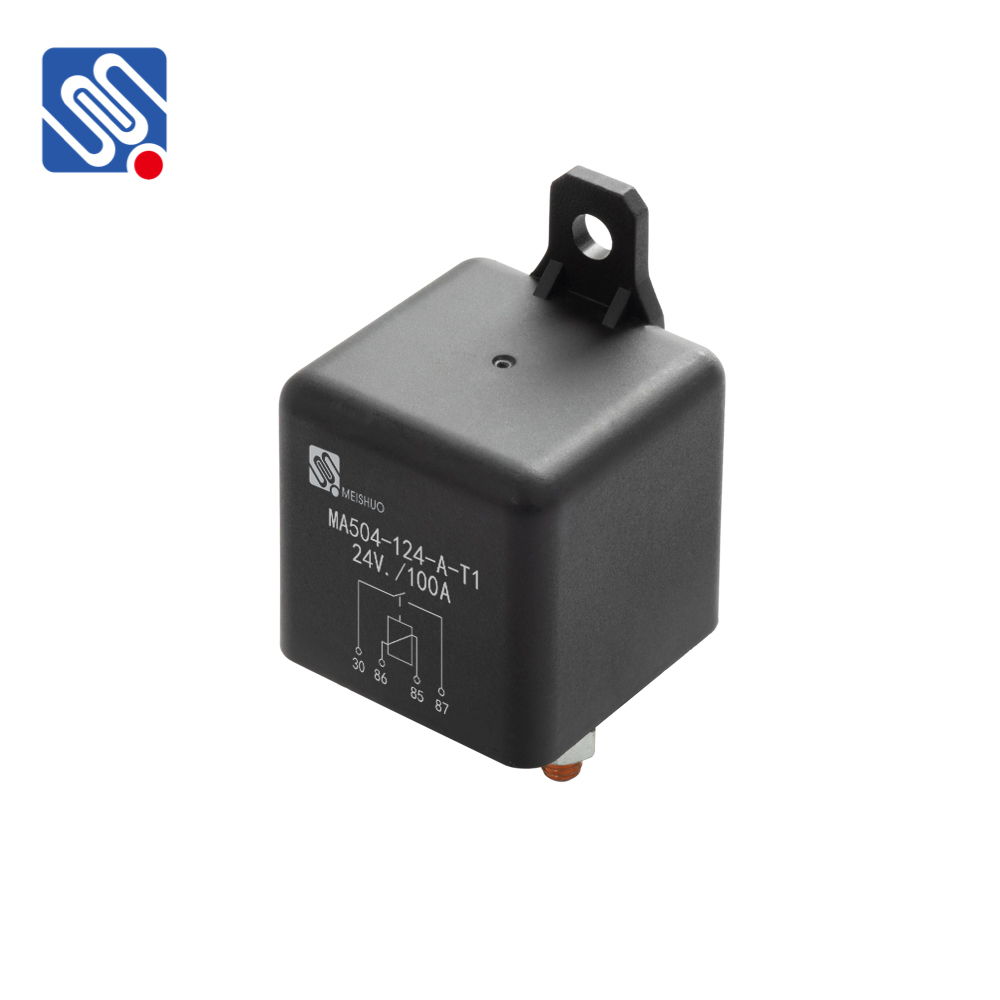The 12V 100A relay is an essential component used in various high-power applications, particularly in automotive, renewable energy, and industrial systems. Its primary role is to control high current loads with a low voltage control signal, typically 12V DC. This article explores the key features, working principles, applications, and advantages of the 12V 100A relay, providing insights into why it is a popular choice for powering large electrical devices.

What is a 12V 100A Relay? A 12V 100A relay is an electromechanical switch designed to control high currents, often up to 100 amperes, while being operated by a 12V DC control signal. The relay consists of two primary components: the coil and the switch. The coil requires a 12V electrical signal to generate a magnetic field that causes the switch to either open or close, depending on the relay’s configuration. The relay’s switch is capable of handling much higher currents than the control side, which makes it ideal for applications requiring the switching of large electrical loads with a small control voltage.